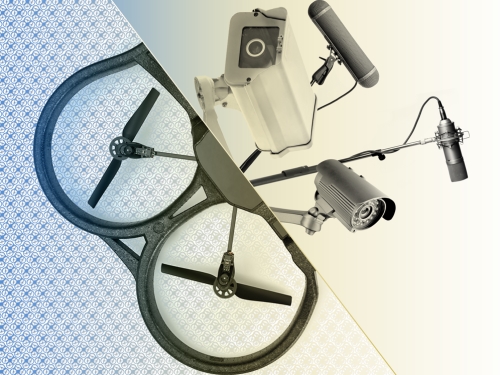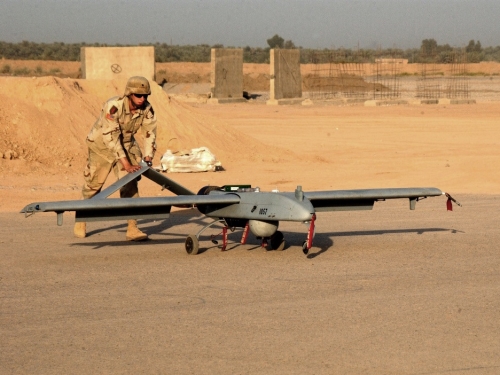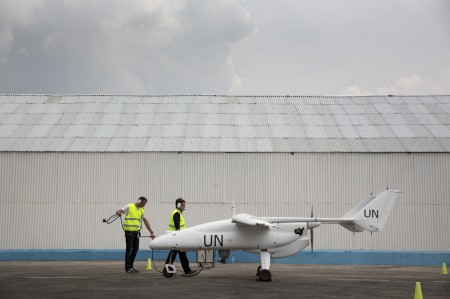
Rapid technological advances are making drones cheaper, more accessible and highly adaptable. Once the exclusive preserve of the world’s most advanced armed forces, unmanned platforms are now being used by civilian actors for a wide range of applications. Yet, while members of the technical community have tended to emphasize the opportunities that this technology offers, their counterparts in international relations and other fields have increasingly raised questions about the legal, ethical, humanitarian and security implications of unmanned aerial systems (UAS). Against this backdrop, ETH Global and the ISN recently hosted a one-day conference that brought together over 160 experts from the fields of robotics, environmental science, law and ethics, and international relations and security. Since ETH Zurich is considered one of the world’s leading ‘competence centers’ in the field of robotics systems and control, its activities offer a glimpse into emerging UAS technologies and their potential social impact in the future.




